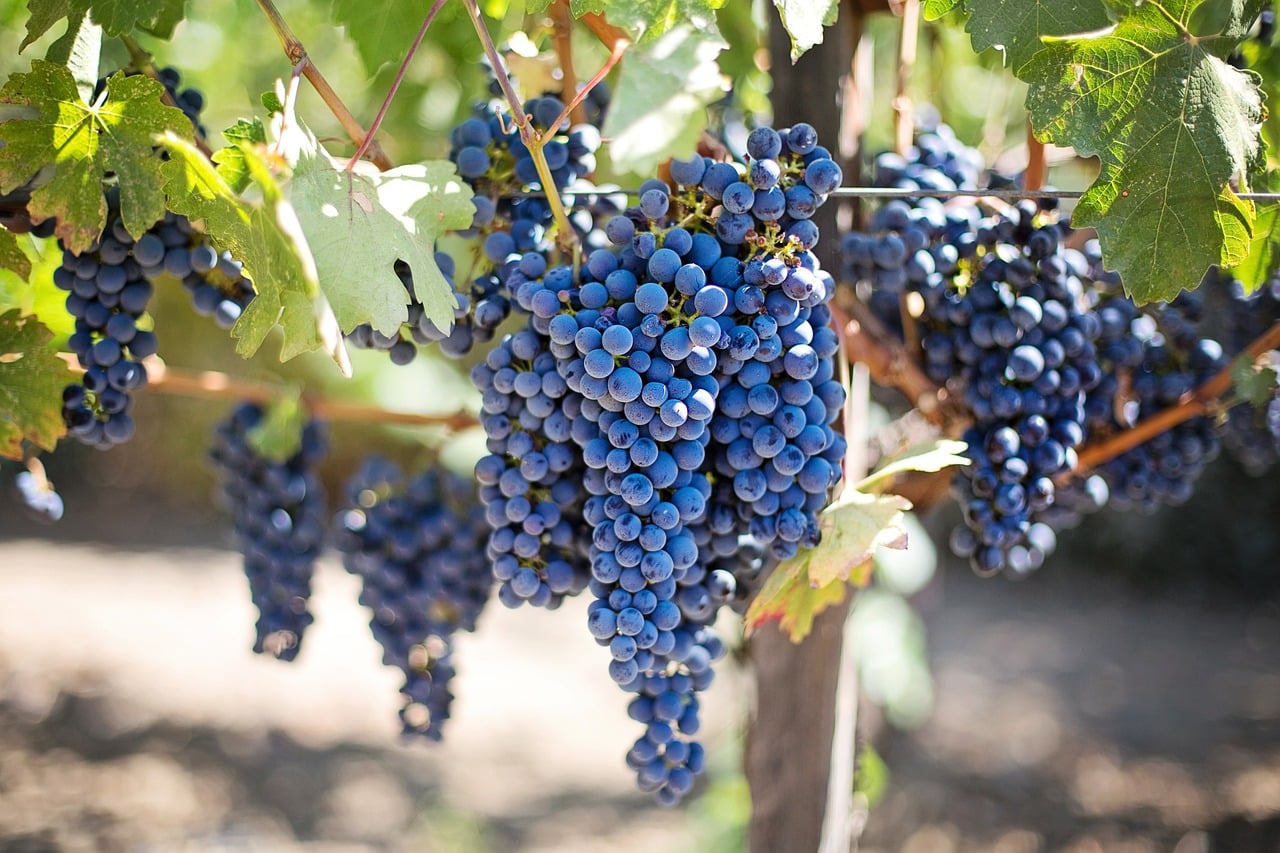Agriculture stands as a cornerstone of human civilization, nourishing nations and shaping societies for millennia. However, as the twenty-first century unravels, it is becoming increasingly clear that traditional farming practices alone cannot meet the escalating global food demands. This is where artificial intelligence (AI) comes in, offering a ground-breaking solution to enhance agricultural efficiency and productivity. However, like any novel technology, AI comes with its own set of challenges.
The Role of AI in Modern Agriculture
AI, an umbrella term encompassing machine learning and data management technologies, is steadily revolutionizing the agricultural sector. AI in agriculture primarily aims to optimize farming operations, thereby helping farmers meet the rapidly rising food demand of the growing global population.
A découvrir également : How can i get mental well-being advice in images with MyImageGPT ?
AI technologies aid in enhancing crop yields and promoting sustainable farming practices. These technologies help in gathering, analyzing, and interpreting vast amounts of agricultural data, helping farmers make informed decisions about crop management and farming practices.
For instance, AI-powered software can analyze soil data to advise farmers on the best crops to plant in different seasons and optimal irrigation strategies. Moreover, AI can even predict weather patterns, helping farmers plan their crop management strategies in advance.
Cela peut vous intéresser : How can Chatbots participate in language education ?
The Benefits of AI in Agriculture
AI brings a multitude of benefits to the agricultural sector. Among the most significant advantages is its capacity to increase crop productivity, promote sustainable farming, and enhance agricultural management.
Increased Crop Productivity
One of the most compelling promises of AI in agriculture is the potential increase in crop yields. AI-powered technologies, like machine learning algorithms, can analyze vast amounts of data on soil composition, weather patterns, and crop characteristics to predict the optimal conditions for maximizing crop productivity.
For example, AI can analyze data on temperature, sunlight, soil moisture, and nutrient levels to determine the best time to plant and harvest specific crops. This can help farmers optimize their farming schedules, leading to increased crop yields.
Promoting Sustainable Farming
In addition to enhancing crop productivity, AI can help promote sustainable farming practices. It can analyze data on crop health, soil conditions, and irrigation needs, enabling farmers to use resources more efficiently.
For instance, AI-powered software can advise farmers on the appropriate amount of water for irrigation, helping to conserve water resources. Moreover, AI can help farmers identify unhealthy or disease-infected crops, allowing them to address the issue before it spreads and affects the entire crop yield.
Enhancing Agricultural Management
AI can significantly improve agricultural management by providing farmers with real-time data and predictive analyses. This can help farmers make informed decisions about crop rotation, pest control, irrigation, and fertilization.
For example, AI-powered software can predict pest infestations based on past patterns and weather forecasts. This can help farmers take preventive measures, thus, minimizing crop losses and reducing the reliance on harmful pesticides.
The Challenges of AI in Agriculture
Despite the numerous benefits, the adoption of AI in agriculture is not without challenges. Some of the significant hurdles include the high costs of AI technologies, the need for digitization in the agricultural sector, and ethical and privacy concerns.
High Costs of AI Technologies
One of the primary challenges in adopting AI in agriculture is the high cost of these technologies. AI-powered machines, software, and sensors can be expensive, making them inaccessible to small-scale farmers and those in developing countries. Moreover, maintaining and upgrading these technologies can add to the financial burden.
Need for Digitization
The adoption of AI in agriculture requires a high degree of digitization. Farmers need to collect and manage vast amounts of data, which can be a daunting task, especially for those who are not tech-savvy. Moreover, areas with poor internet connectivity can face challenges in using AI technologies.
Ethical and Privacy Concerns
As AI technologies collect and analyze vast amounts of data, they raise ethical and privacy concerns. Farmers may be hesitant to share sensitive information about their farms and farming practices. Moreover, there’s a risk that big corporations could use this data to monopolize the agricultural sector, pushing small-scale farmers out of business.
In conclusion, while AI holds immense potential to revolutionize the agricultural sector, it is not without challenges. Balancing the benefits and addressing the challenges would be crucial to harnessing the full potential of AI in agriculture.
The Future of AI in Agriculture
Advancements in AI technology are paving the way for a revolution in the agricultural sector. From precision agriculture to smart farming, AI is projected to usher in a new era of sustainability and productivity.
Precision Agriculture
Precision agriculture, which involves the use of AI and other technologies like big data and Internet of Things (IoT), aims to optimize the efficiency of farm operations. Drones and AI-powered machinery, for instance, can be used to observe and analyze fields in real-time, enabling farmers to apply resources like water, fertilizer, and pesticides more precisely. This not only boosts crop yields but also minimizes waste and environmental impact.
AI can also help farmers monitor crop health more accurately. Using computer vision, AI-powered machines can identify potential signs of disease or pest infestation in crops and alert farmers early, enabling timely intervention. This can significantly reduce crop losses and ensure better yields.
Smart Farming
Smart farming entails the integration of AI and IoT technologies into agricultural practices. For instance, AI-powered sensors deployed across a farm can collect real-time data on various parameters like soil health, temperature, humidity, and rainfall. This data can then be analyzed to provide insights into optimal planting and harvesting times, irrigation needs, and more.
Additionally, these technologies can help streamline the supply chain. For example, AI can help predict demand for certain crops based on historical data and market trends, enabling farmers to plan their production accordingly. This can help reduce wastage and improve profitability.
Conclusion
Artificial intelligence is undeniably playing an increasingly pivotal role in shaping the future of the agriculture industry. Its potential to enhance crop yields, promote sustainability, and optimize farm management practices holds great promise for addressing the mounting global food demand.
However, there are challenges that need to be addressed for a more inclusive adoption of AI in agriculture. The high costs of AI technologies, the requirement for significant digitization and data management, and the ethical and privacy concerns posed by the use of AI must be carefully considered and addressed.
Furthermore, farmers, especially those from developing regions, should be equipped with the necessary skills and resources to implement and benefit from AI technologies. This entails significant investment in software development and data collection, as well as training and education for farmers.
In conclusion, while AI presents significant opportunities for the agricultural sector, its adoption should be coupled with efforts to ensure affordability, accessibility, and ethical use. Only then can the full potential of AI in agriculture be truly harnessed.
















